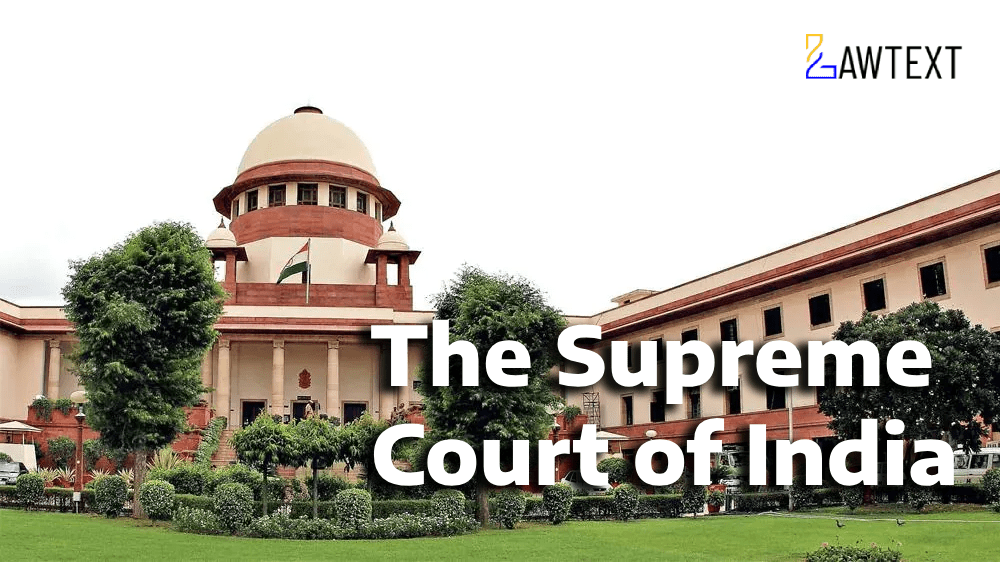

The Supreme Court dismissed the civil appeals challenging the Armed Forces Tribunal's judgment concerning the grade pay anomaly for Artificers in the Indian Navy. The appellant, an Artificer III, contended that Artificers of Class III, II, and I were being discriminated against in grade pay as compared to their non-technical counterparts, the Chief Petty Officers. The Court held that there was no illegality or arbitrariness in the grade pay structure, noting that the hierarchy and promotional avenues in the Navy justified the pay disparity. Artificers III to I could not be equated with Chief Petty Officers for pay purposes despite holding similar ranks for seniority.
1. Introduction: The appeal challenged the judgment of the Armed Forces Tribunal (Principal Bench) concerning the pay grade of Artificers in the Indian Navy. The appellant contended that the Artificer cadre, being highly skilled, deserved parity in grade pay with non-technical Chief Petty Officers.
2. Background: The appellant worked as an Artificer III in the Indian Navy, a technical branch. Artificers are divided into various technical categories such as Aircraft, Electrical, and others, and are placed in "X group." Non-Artificers from non-technical branches are categorized as "Y group."
3. 6th Pay Commission Recommendations: The 6th Central Pay Commission recommended revised pay structures for defense personnel, including placing Artificers I, II, and III in pay band-2. However, Artificers in these classes were assigned a grade pay of ₹3400 instead of ₹4200, which prompted the appellant to file a writ petition.
4. Appellant’s Argument: The appellant argued that Artificers I, II, and III, holding ranks equivalent to Chief Petty Officers, should receive the same grade pay of ₹4200. He relied on Navy instructions and previous clarifications, asserting that the denial of equal pay was discriminatory.
5. Precedents Cited: The appellant referenced two Supreme Court decisions: Union of India vs. D.G.O.F. Employees Association (2023) and Haryana State Minor Irrigation Tubewells Corporation vs. G.S. Uppal (2008), emphasizing the need for equal pay for similar ranks.
6. Respondent’s Counterargument: The respondents argued that Chief Artificer is a promotional post for Artificers III, II, and I, justifying the difference in grade pay. Artificers in grades I to III had higher pay than Petty Officers but lower than Chief Artificers, reflecting the command hierarchy.
7. Analysis of Regulation 247: The appellant relied on Regulation 247, which outlines the ranking of naval personnel. The Court examined the regulation, noting that Chief Artificers command Artificers I, II, and III, establishing a clear distinction in authority.
8. Navy Order 100/67: The Navy Order specified that Artificers III and above are considered equivalent to Chief Petty Officers for seniority, but not for pay purposes, further supporting the differential grade pay.
9-10. Promotion and Pay Structure: The Court noted that Artificers III to I can only be promoted to Chief Artificer, not directly to Master Chief Artificer, which is a promotional path exclusive to Chief Artificers. The pay structure reflected this hierarchy.
11. Justification of Grade Pay: The grade pay structure for Artificers, with ₹3400 for I-III grades and ₹4200 for Chief Artificers, was found to be reasonable given the promotion hierarchy and command structure.
12. Tribunal’s Decision: The Armed Forces Tribunal was found to have correctly dismissed the appellant's claim, holding that the grade pay difference was justified by the command structure and promotion system.
13-14. Conclusion: The Supreme Court upheld the Tribunal’s decision, dismissing the appeal and finding no merit in the appellant's arguments. The pay disparity was deemed lawful.
The Supreme Court held that there is no illegality or arbitrariness in assigning lower grade pay to Artificers III, II, and I compared to Chief Artificers. The Court emphasized that rank equivalence for seniority does not necessitate pay parity, especially when the promotion and command structure justify a difference in pay.
Citation: 2024 LawText (SC) (10) 232
Case Number: CIVIL APPEAL NOS. 6886-6887 OF 2011
Date of Decision: 2024-10-23
Case Title: Manish Kumar Rai Versus Union of India & Ors.
Before Judge: (Abhay S Oka J. , Ujjal Bhuyan J.)
Appellant: Manish Kumar Rai
Respondent: Union of India & Ors.